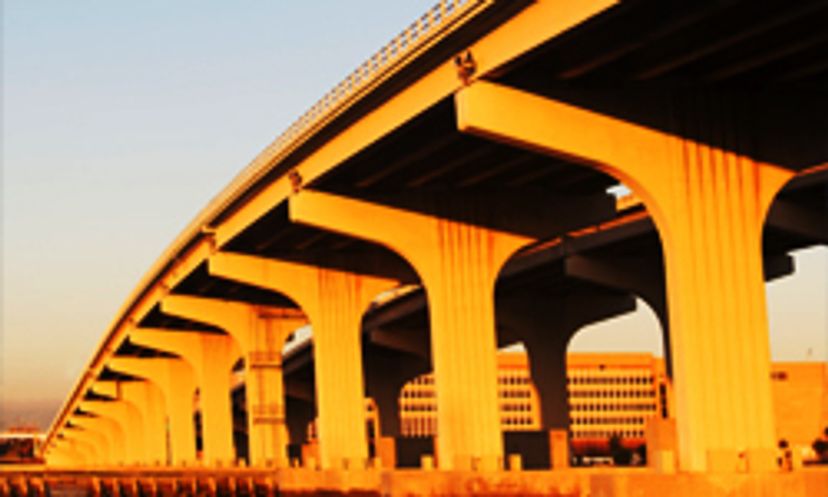
About This Quiz
Chances are, if you've done even the slightest bit of traveling, you've crossed your fair share of bridges. These feats of engineering can span anything from a trickling stream to a raging river. Can you cross the bridge quiz without falling?Bridges are differentiated by the distance they can cross, also known as their span.
Compression is a force that acts to compress or shorten the object it's acting on; tension is a force that acts to expand or lengthen the object it's acting on. These are the two main forces that bridges must contend with.
The size of the beam (in particular its height), controls the distance that the beam can span.
Advertisement
Supporting lattice work, or a truss, adds rigidity to the existing beam, greatly increasing its ability to dissipate the compression and tension.
Due to their curved shape, arch bridges don't need any additional supports or cables; they're naturally strong bridge structures.
A suspension bridge's cables transfer the bulk of the compression to the towers, which dissipate the compression directly into the earth where they're buried.
Advertisement
The supporting cables running between the bridge's two anchorages receive most of the tension. They're literally stretched from the weight of the bridge and its traffic.
Dampeners help to mitigate the resonance, or vibrating, effect in bridges. They interrupt any resonant waves that form and prevent them from growing.
While the danger of other forces has been largely eliminated through better design, weather forces are much harder to combat.
Advertisement